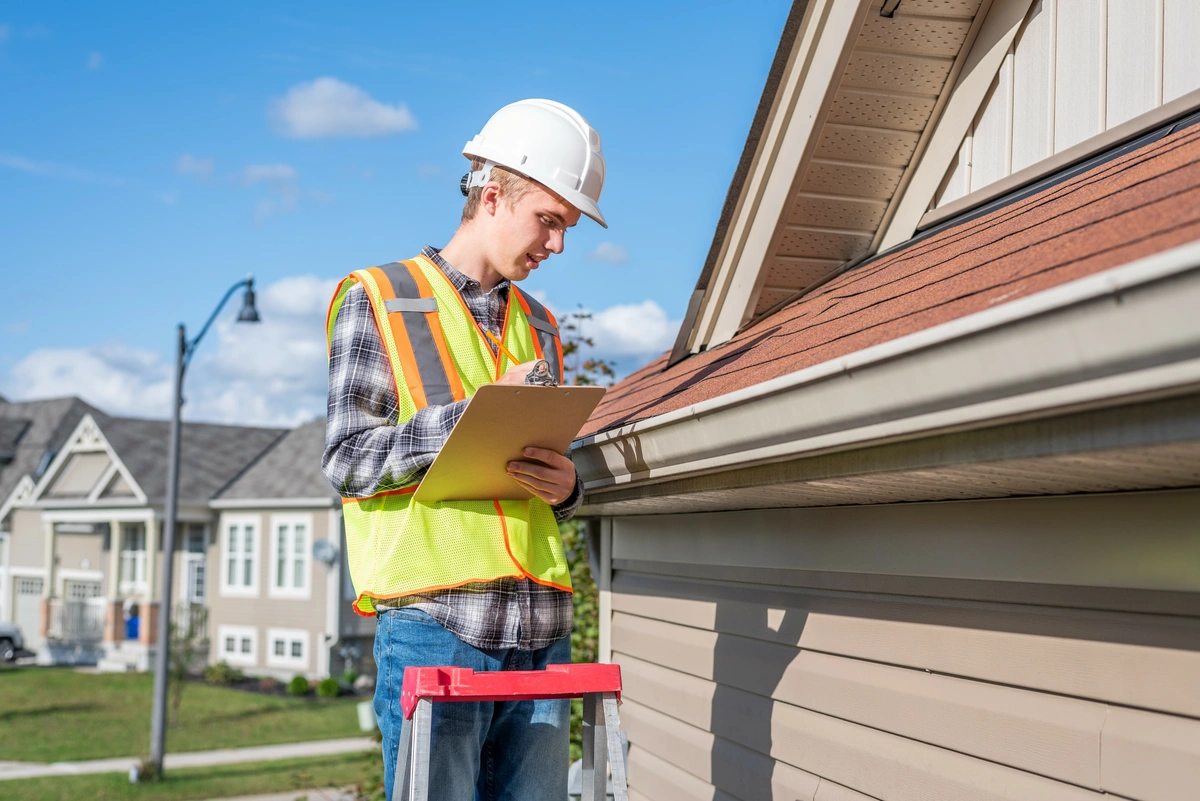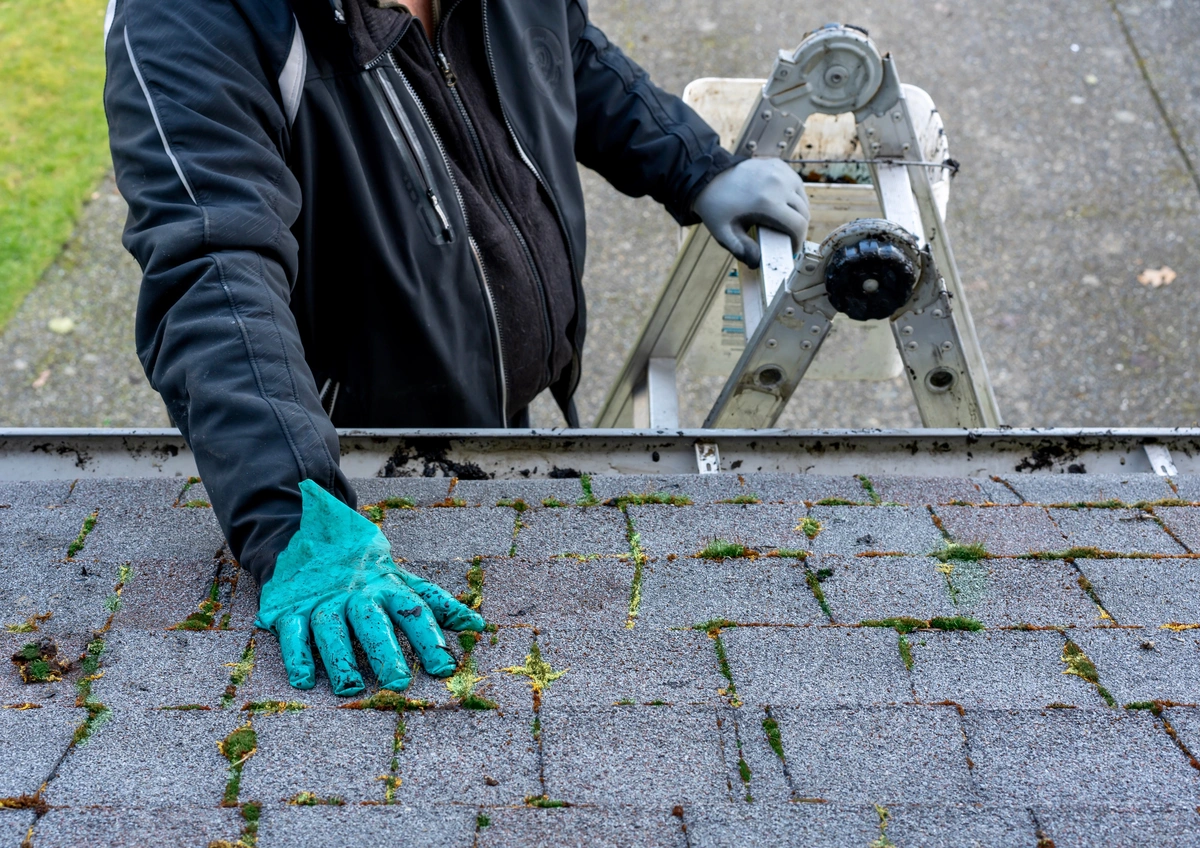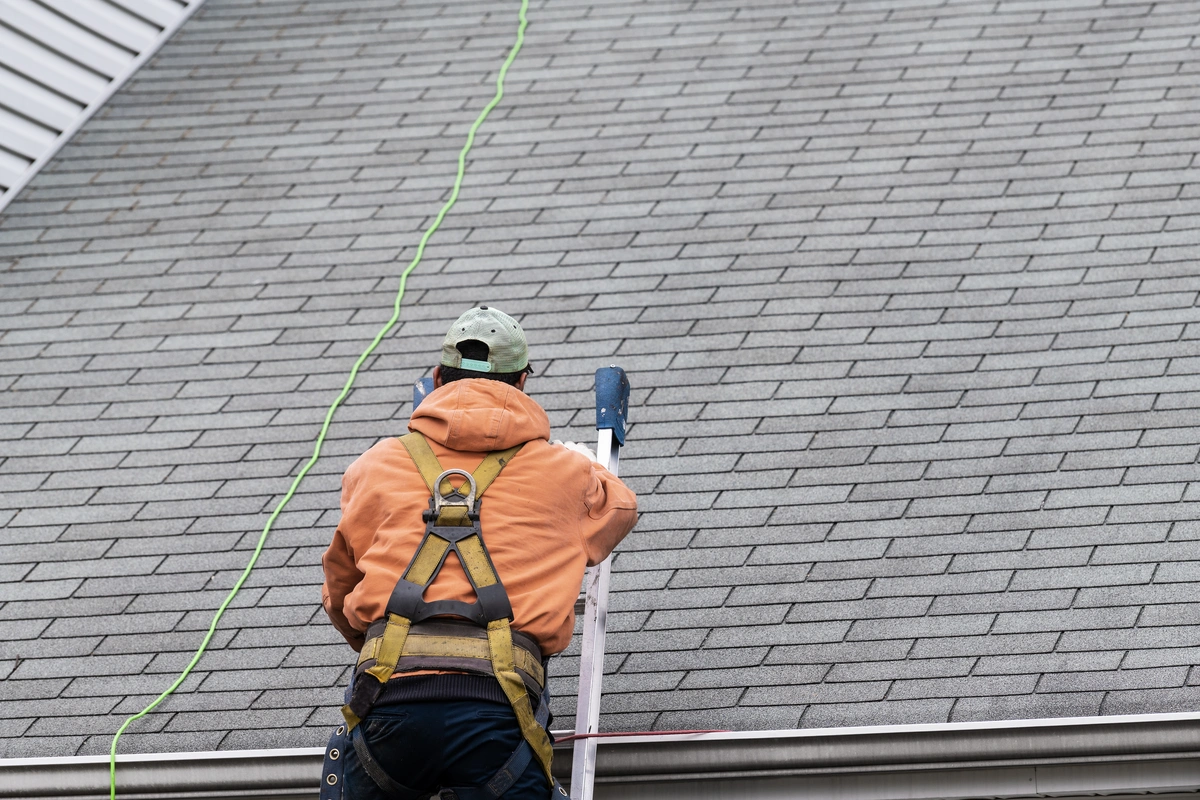Your roof is one of the most critical components of your home, protecting you and your belongings from the elements. However, like any part of your property, it requires regular maintenance and inspection to ensure it remains in good condition.
Roof inspections are an essential part of homeownership, but many people are unsure about:
- The process
- Its cost
- How often it should be done
In this comprehensive guide, we’ll delve into everything you need to know about roof inspections, including signs that indicate it’s time for an inspection, the steps involved in the inspection process, typical costs, how to get a free inspection, recommended frequency, and essential maintenance tips to prolong the life of your roof.
Signs You Need to Schedule a Roof Inspection
Unsure whether or not you need a roof inspection? Here are some signs to look out for:
- Visible Damage: If you notice missing, cracked, or curled shingles, it’s a clear sign that your roof needs attention.
- Leaks: Water stains on your ceiling or walls, or evidence of water infiltration in your attic, indicate potential roof damage.
- Age of Roof: As roofs age, they become more susceptible to wear and tear. If your roof is nearing the end of its expected lifespan, it’s wise to schedule an inspection.
- Moss or Algae Growth: The presence of moss, algae, or other organic growth can indicate underlying moisture issues that need addressing.
- Sagging or Unevenness: Any noticeable sagging or unevenness in your roofline should prompt an inspection to assess structural integrity.
- Increased Energy Bills: A damaged roof can compromise your home’s insulation, leading to higher energy costs. If you notice a sudden spike in your energy bills, your roof could be the culprit.
4 Steps in the Roof Inspection Process
Want to know what to expect during the roof inspection process? Here are the steps during a professional roof inspection:
1) Exterior Inspection:
The inspector will examine the roof’s exterior, looking for signs of damage such as missing or damaged shingles, flashing issues, and debris buildup.
2) Interior Inspection:
This involves inspecting the attic or crawl space for signs of leaks, moisture buildup, and proper ventilation.
3) Structural Assessment:
The inspector will check for signs of sagging or unevenness in the roof structure, which could indicate underlying problems.
4) Documentation:
Throughout the inspection, the inspector will document any issues found, along with recommendations for repairs or maintenance.
How Much Does a Roof Inspection Cost?
The cost of a roof inspection can vary depending on several factors, including the size and complexity of your roof, your location, and the inspection company you choose. On average, expect to pay anywhere from $200 to $600 for a professional roof inspection. However, this cost is a small investment compared to the potential expenses of repairing significant damage caused by neglecting roof maintenance.
How to Get a Free Inspection
Some roofing companies offer free inspections as part of their services, particularly if you’re considering them for future repairs or replacements. Additionally, some insurance policies cover the cost of roof inspections, especially if they’re related to weather damage or potential insurance claims. It’s worth checking with your insurance provider to see if you’re eligible for a free inspection.
How Often Should You Have Your Roof Inspected?
The frequency of roof inspections depends on various factors, including the age of your roof, its material, and your local climate. As a general rule of thumb, it’s recommended to have your roof inspected at least once a year, preferably in the spring or fall when weather conditions are more favorable. However, if you live in an area prone to severe weather events like hurricanes or hailstorms, you may need more frequent inspections.
Maintenance Tips
Keep your roof inspection costs low, by maintaining your roof. Here are the steps you should take for a healthy and long lasting roofing system.
- Keep Gutters Clean: Clogged gutters can prevent proper drainage, leading to water buildup and potential roof damage. Clean your gutters regularly to prevent debris buildup.
- Trim Overhanging Branches: Overhanging branches can rub against your roof, causing damage to shingles and creating entry points for pests. Trim back any branches that come into contact with your roof.
- Inspect for Signs of Damage: Periodically inspect your roof for signs of damage, such as missing or damaged shingles, and address any issues promptly to prevent further damage.
- Address Moss and Algae: If you notice moss or algae growth on your roof, address it promptly to prevent moisture buildup and potential damage. There are various cleaning solutions and treatments available to remove moss and algae safely.
- Invest in Professional Maintenance: Consider hiring a professional roofing contractor for regular maintenance inspections and repairs. They have the expertise and equipment to identify and address potential issues before they escalate into costly repairs.
Work With a Pro Roof Inspector
Regular roof inspections are a crucial aspect of homeownership, ensuring that your roof remains in good condition and protecting your home from potential damage. By understanding the signs that indicate the need for an inspection, the steps involved in the inspection process, typical costs, and essential maintenance tips, you can prolong the life of your roof and avoid costly repairs down the road. Remember, investing in routine maintenance now can save you time, money, and stress in the long run.
Contact Trojan Roofing today to schedule your roof inspection.



